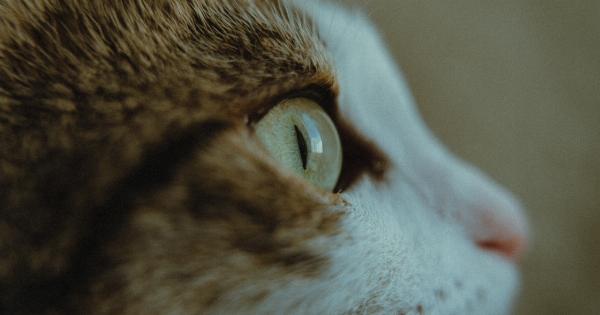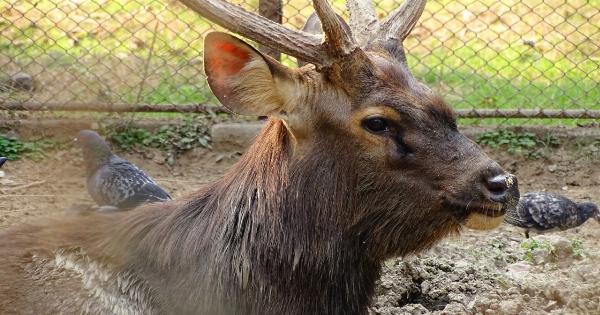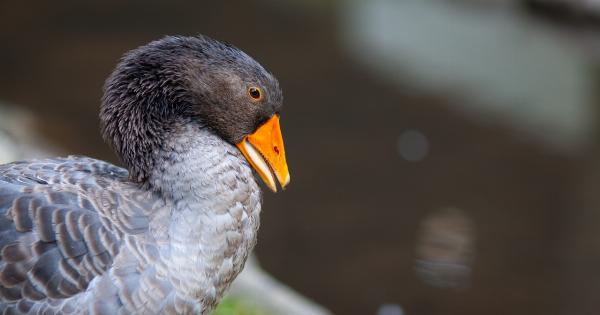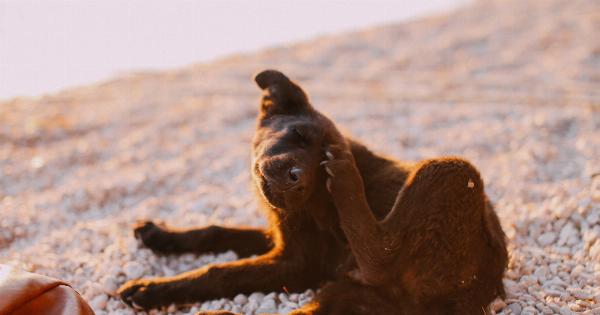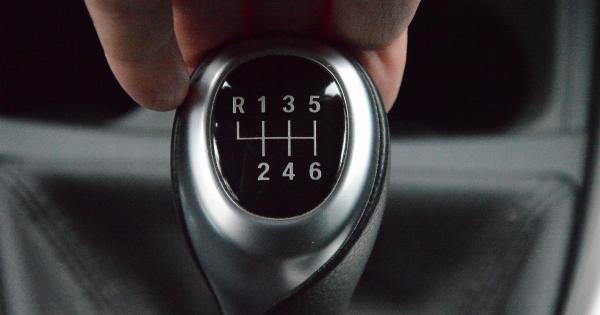Head lice are a common problem that affects millions of people worldwide, particularly children. These tiny parasites can cause itching, discomfort, and embarrassment.
While there is a lot of information available on lice, some of it is based on myths and misconceptions. In this article, we debunk six common lice myths to provide you with the accurate information you need to deal with these pesky insects.
Myth 1: Lice only affect dirty or unclean people
One of the biggest misconceptions about head lice is that they only infest dirty or unclean individuals. This couldn’t be further from the truth. Lice do not discriminate and can infest anyone, regardless of their hygiene habits.
In fact, lice are more likely to spread in close-quarter environments like schools and households, where children often come into close contact with one another.
Myth 2: Lice can jump or fly from one person to another
Contrary to popular belief, lice cannot fly or jump. They crawl and are primarily spread through head-to-head contact. Direct contact with an infested person, such as sharing combs, hats, or headphones, increases the risk of lice transmission.
It is essential to educate children about the importance of avoiding head-to-head contact to minimize the spread of lice.
Myth 3: Lice infestations are a sign of poor parenting
Another unfounded myth is that a child with lice reflects poor parenting or negligence. Lice infestations can happen to anyone, regardless of their parenting skills or cleanliness.
It is vital to address lice infestations promptly and take appropriate measures to prevent reinfestation, rather than blaming parents or children for the issue.
Myth 4: Lice can live on household pets
Lice are host-specific, which means they are specially adapted to live on human scalps. They cannot live on household pets, such as cats or dogs. Infestations in pets are caused by different species of lice that are specific to their particular host.
Therefore, if your child has lice, there is no need to worry about your pet spreading the infestation.
Myth 5: You can get lice from inanimate objects
While lice can survive away from the scalp for a short period, they cannot survive on inanimate objects like furniture, bedding, or clothing for an extended period. The chance of getting lice from such objects is extremely low.
However, it is advisable to wash and dry any recently used clothing or bedding on high heat to eliminate any potential lice.
Myth 6: Over-the-counter products can eliminate lice with a single use
Many over-the-counter lice treatments claim to kill lice with a single-use. However, these claims are often exaggerated. Lice have developed resistance to some of the common ingredients found in these treatments, making them less effective.
To ensure effective elimination of lice, it is essential to follow the instructions carefully and consider consulting a healthcare professional for alternative options if needed.
Conclusion
It is crucial to separate fact from fiction when it comes to lice infestations. Understanding the truth behind common lice myths can help you take the necessary precautions to prevent and treat infestations.
Remember, lice infestations can happen to anyone, regardless of their cleanliness or parenting skills. By educating yourself and others, you can combat the stigma associated with lice and minimize their impact on daily life.

